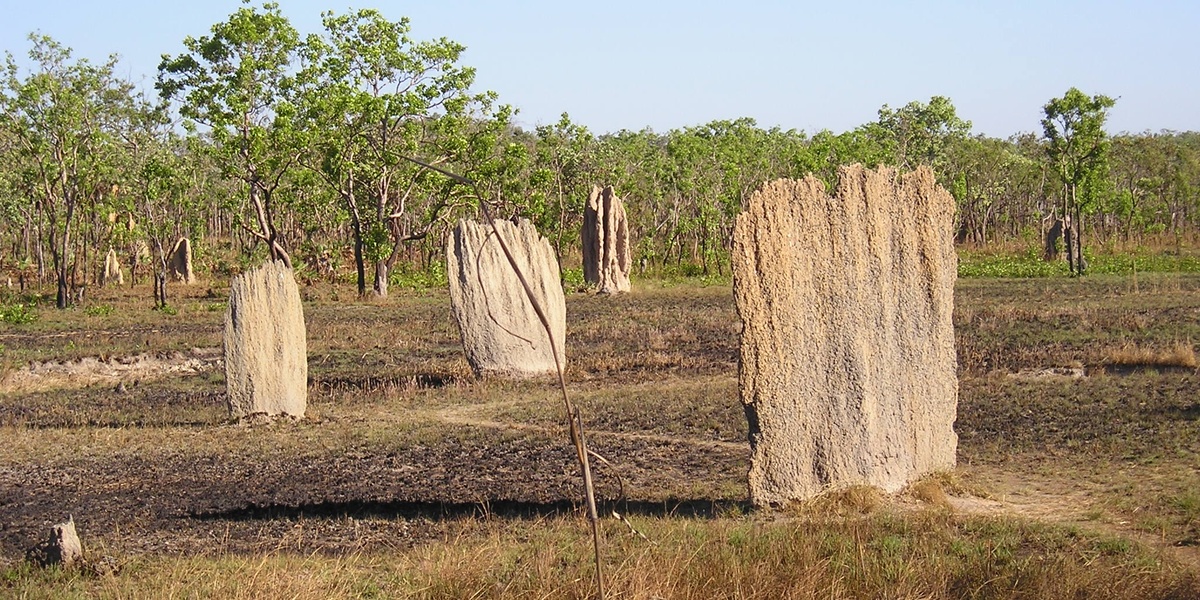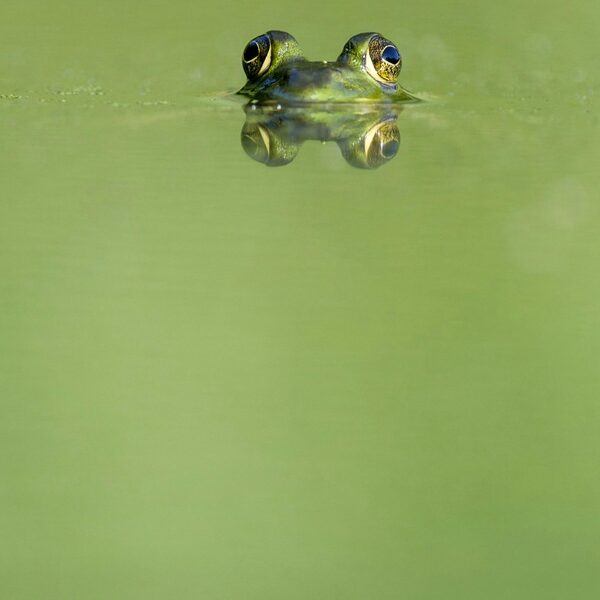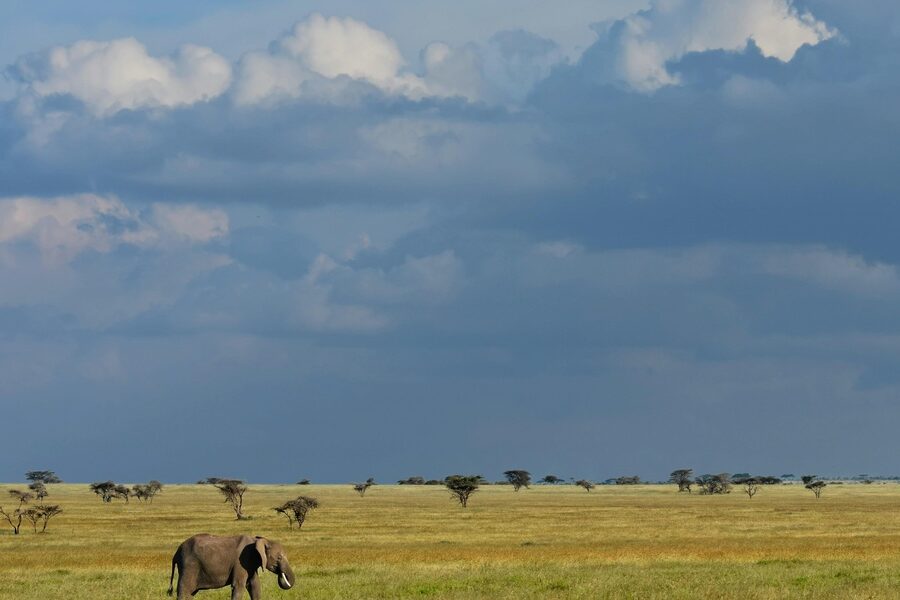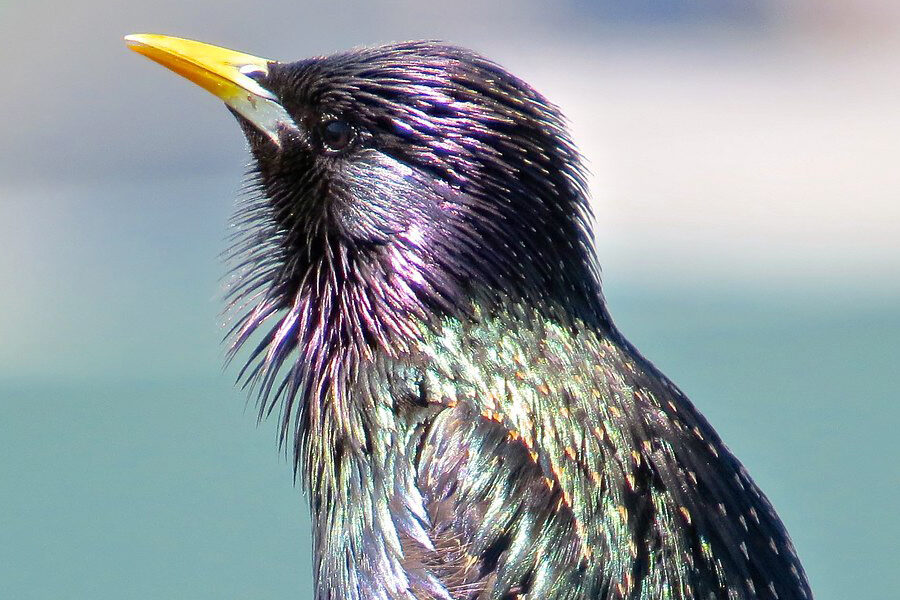Savannas are open landscapes shaped by seasonal rains, sunlight and frequent disturbances like fire; their productivity depends on a hidden workforce that recycles dead plant and animal material. Decomposers—microbes, fungi, insects and other invertebrates—turn litter and wood back into nutrients that sustain grasses and scattered trees.
There are 35 Savanna Decomposers, ranging from Actinobacteria (filamentous) to Wood‑boring beetle larvae, showing the span from microscopic saprophytes to visible detritivores. For each entry you’ll find below the Scientific name, Type, and Decomposition method so you can compare roles and feeding strategies—see the list you’ll find below.
Which decomposers speed nutrient cycling the most in savannas?
Microbes and fungi (including filamentous Actinobacteria) break down fine litter and soluble compounds quickly, while termites and some detritivorous insects accelerate breakdown of coarse plant material; check the Decomposition method column to spot fast-acting saprotrophs and wood degraders.
How can managers support healthy decomposition processes?
Maintain a mix of litter and coarse woody debris, avoid excessive grazing that removes substrate, and preserve habitat for soil microbes, termites and beetles; simple practices like mosaic burning and leaving dead wood in place help sustain the full range listed below.
Savanna Decomposers
| Name | Scientific name | Type | Decomposition method |
|---|---|---|---|
| Termites (fungus-growing) | Macrotermes spp. | Invertebrate | Ingestion+fragmentation (fungus cultivation) |
| Termitomyces fungi | Termitomyces spp. | Fungus | Saprotrophy (cultivated) |
| Dung beetles | Scarabaeinae (various genera) | Invertebrate | Ingestion+fragmentation (burial) |
| Blowfly larvae (maggots) | Calliphoridae (larvae) | Invertebrate | Ingestion+fragmentation (larval feeding) |
| Flesh flies | Sarcophagidae (larvae) | Invertebrate | Ingestion+fragmentation |
| Carrion beetles | Silphidae (various) | Invertebrate | Ingestion+fragmentation (burial/feeding) |
| Dermestid beetles (hide beetles) | Dermestidae (various) | Invertebrate | Ingestion+fragmentation |
| Rove beetles | Staphylinidae (various) | Invertebrate | Scavenging/predation |
| Hister beetles | Histeridae (various) | Invertebrate | Scavenging/predation |
| Dung-degrading bacteria | Bacteroidetes, Firmicutes (mixed) | Bacterium | Enzymatic breakdown |
| Soil heterotrophic bacteria | Proteobacteria, Actinobacteria (mixed) | Bacterium | Enzymatic breakdown |
| Actinobacteria (filamentous) | Actinobacteria (e.g., Streptomyces) | Bacterium | Enzymatic breakdown |
| Coprophilous fungi | Pilobolus, Panaeolus and others | Fungus | Saprotrophy |
| Saprotrophic Basidiomycetes (wood rot) | Basidiomycota (white‑rot/brown‑rot groups) | Fungus | Saprotrophy |
| Litter Ascomycetes (molds) | Ascomycota (various) | Fungus | Saprotrophy |
| Macroarthropod litter feeders (millipedes) | Diplopoda (various) | Invertebrate | Ingestion+fragmentation |
| Microarthropods (springtails and mites) | Collembola; Acari (various) | Invertebrate | Ingestion+fragmentation and microbial grazing |
| Earthworms (native African species) | Oligochaeta (various) | Invertebrate | Ingestion+fragmentation |
| Wood‑boring beetle larvae | Cerambycidae, Buprestidae (larvae) | Invertebrate | Ingestion+fragmentation (xylophagy) |
| Bark beetles and ambrosia beetles | Scolytinae (various) | Invertebrate | Ingestion+fragmentation (fungal symbiosis) |
| Darkling beetles | Tenebrionidae (various) | Invertebrate | Ingestion+fragmentation |
| Ants (scavenging and detritus‑collecting) | Formicidae (Pheidole, Anoplolepis, etc.) | Invertebrate | Scavenging/fragmentation |
| Nematodes (decomposer-associated) | Nematoda (bacterial- and fungal-feeders) | Detritivore | Microbial grazing (indirect decomposition) |
| Carrion flies (general) | Calliphoridae, Sarcophagidae (adults & larvae) | Invertebrate | Ingestion+fragmentation (larval feeding) |
| Scavenging ants (driver/army ants) | Dorylinae (e.g., Dorylus) | Invertebrate | Scavenging/fragmentation |
| Spotted hyena | Crocuta crocuta | Vertebrate scavenger | Scavenging/bone-crushing |
| Black‑backed jackal | Canis mesomelas | Vertebrate scavenger | Scavenging/fragmentation |
| White‑backed vulture | Gyps africanus | Vertebrate scavenger | Scavenging |
| Lappet‑faced vulture | Torgos tracheliotos | Vertebrate scavenger | Scavenging (tissue opening) |
| Hooded vulture | Necrosyrtes monachus | Vertebrate scavenger | Scavenging |
| Marabou stork | Leptoptilos crumenifer | Vertebrate scavenger | Scavenging |
| Nile crocodile | Crocodylus niloticus | Vertebrate scavenger | Scavenging/partial consumption |
| Monitor lizard (Nile monitor) | Varanus niloticus | Vertebrate scavenger | Scavenging |
| Coprophagous beetles (Onthophagus and others) | Onthophagus spp., other Scarabaeinae | Invertebrate | Ingestion+fragmentation (tunneling) |
| Fungal endophytes and litter decomposers (functional group) | Diverse fungal taxa (mixed) | Fungus | Saprotrophy |
Images and Descriptions
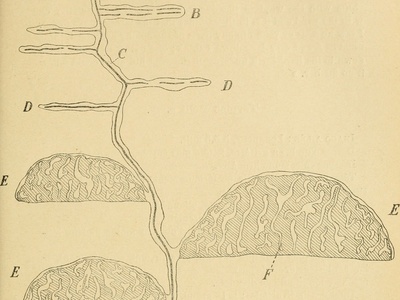
Termites (fungus-growing)
Large savanna termites chew grass, wood and leaf litter and cultivate Termitomyces in fungus combs; common in mounds and beneath trees, they accelerate cellulose breakdown, improve soil structure and recycle nutrients to plants and microbes.
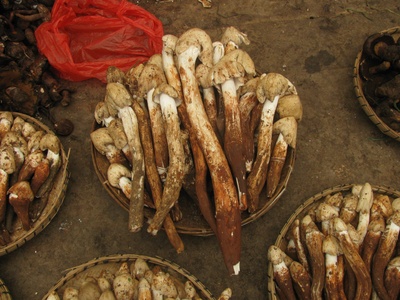
Termitomyces fungi
Symbiotic fungi grown inside Macrotermes combs that enzymatically digest plant material collected by termites; abundant in African savannas, they convert tough plant polymers into fungal biomass eaten by termites and return nutrients to soil.
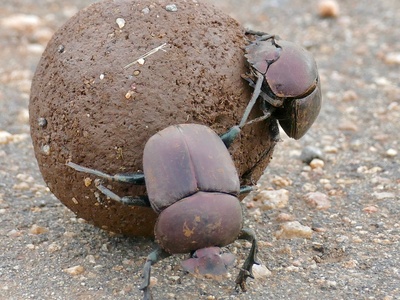
Dung beetles
Beetles bury and consume herbivore dung across open savannas, reducing parasite loads, aerating soil and moving nutrients into the ground; species vary by region but are central to rapid dung removal near grazing herds.

Blowfly larvae (maggots)
Fast-colonizing larvae on exposed carcasses in savannas that consume soft tissues and liquefy organs; their intense feeding accelerates nutrient release and creates resources for later-stage decomposers.
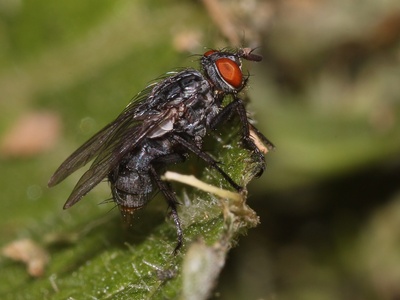
Flesh flies
Flesh-fly larvae rapidly exploit fresh carrion in savannas, converting soft tissues into biomass and waste that fuels microbial activity and insect successional stages on carcasses.

Carrion beetles
Beetles that feed on and sometimes bury small to medium carcasses in savanna habitats; they help remove flesh, protect resources for offspring and promote microbial decomposition of remaining tissues.
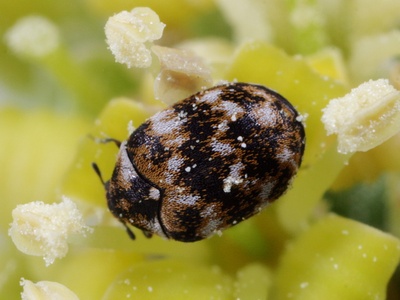
Dermestid beetles (hide beetles)
Adult and larval dermestids feed on dried skin, hair and feathers on bones and carcasses in savannas, finishing decomposition and returning hard-to-digest materials to nutrient cycles.
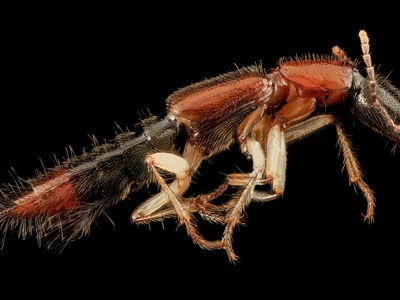
Rove beetles
Numerous rove beetle species visit carrion and dung in savannas, feeding on maggots and decaying matter; they shape carrion insect communities and aid breakdown through predation and fragmentation.
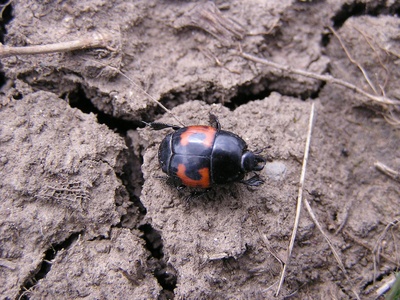
Hister beetles
Small predators commonly found on carcasses and dung in savannas that consume fly larvae and other decomposers, indirectly accelerating decomposition by altering successional dynamics.

Dung-degrading bacteria
Diverse bacterial communities in fresh herbivore dung of savannas rapidly hydrolyze proteins, lipids and polysaccharides; they mineralize nutrients, reduce dung bulk and support dung insect communities and soil enrichment.

Soil heterotrophic bacteria
Ubiquitous bacteria in savanna soils that secrete extracellular enzymes to decompose labile plant and animal residues; they drive rapid nutrient cycling, especially in moist seasons and in microsites under trees.

Actinobacteria (filamentous)
Filamentous bacteria common in dry savanna soils that degrade cellulose, chitin and complex organic compounds, producing antibiotics and contributing to slow decomposition of tougher substrates.

Coprophilous fungi
Dung-specialist fungi that rapidly colonize fresh herbivore droppings in savannas, breaking down organic matter and dispersing spores; they speed nutrient turnover and compete with dung-feeding insects.

Saprotrophic Basidiomycetes (wood rot)
Tree-fall and branch-decaying fungi that break lignin and cellulose in fallen savanna wood and large branches; they create habitat, liberate nutrients and support invertebrate communities.

Litter Ascomycetes (molds)
Fast-growing fungi on grass litter and leaf debris in savannas that decompose simple carbohydrates and early-stage litter; they prime soil organic matter formation and feed microarthropods.

Macroarthropod litter feeders (millipedes)
Millipedes feed on decaying grass and leaf litter in shaded savanna microhabitats, fragmenting material and enhancing fungal colonization; their feces make organic matter more accessible to microbes.

Microarthropods (springtails and mites)
Tiny soil and litter animals that graze fungi and fragment microdetritus, accelerating decomposition and influencing microbial community structure across savanna litter layers.

Earthworms (native African species)
In wetter savanna patches and riverine soils, earthworms ingest litter and dung, mix organic matter into mineral soil, increase aeration and stimulate microbial decomposition and plant nutrient uptake.
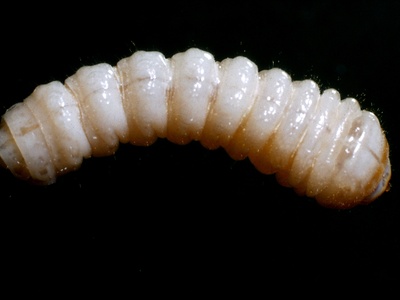
Wood‑boring beetle larvae
Larvae of longhorn and jewel beetles tunnel and consume dead wood of savanna trees, increasing surface area for fungi and speeding decomposition of woody debris.

Bark beetles and ambrosia beetles
Beetles that colonize weakened or dead savanna trees, often farming symbiotic fungi that break down wood tissue and aid nutrient release following drought or fire.

Darkling beetles
Common in arid savanna zones, many tenebrionids feed on dry plant debris and dung, fragmenting tough material and increasing accessibility for microbes while conserving water.

Ants (scavenging and detritus‑collecting)
Ant colonies collect dead insects, seeds and scraps across savanna floors, fragmenting matter and transporting resources to nests where microbial decomposition is concentrated and nutrients recycled.

Nematodes (decomposer-associated)
Soil nematodes in savannas feed on bacteria and fungi on decomposing litter and dung, regulating microbial populations and accelerating nutrient mineralization available to plants.

Carrion flies (general)
Adult flies locate carrion quickly in open savannas and lay eggs; resulting larvae devour soft tissue, producing nutrient-rich waste that feeds soil microbes and other scavengers.

Scavenging ants (driver/army ants)
Large nomadic ant swarms in parts of African savannas scavenge small vertebrate remains and invertebrates, breaking down matter and making nutrients available to soil communities.
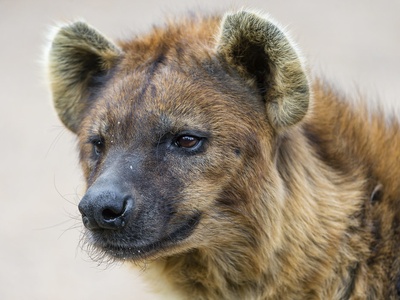
Spotted hyena
Hyenas consume large carcasses, crush bones and digest dense tissues in savannas; they return nutrients to the ecosystem, leave bone fragments for specialist decomposers and limit disease spread by rapid removal.

Black‑backed jackal
Common opportunistic scavenger across African savannas that tears flesh from carcasses and scatters remains; their feeding fragments tissues and exposes material to insects and microbes for further decomposition.

White‑backed vulture
Colonizes large carcasses in open savannas, removing soft tissues quickly and reducing pathogen risk; their activity exposes bones for specialized decomposers and speeds nutrient transfer to the ground.

Lappet‑faced vulture
Large, powerful vulture that opens tough hides on savanna carcasses, enabling access for smaller scavengers and invertebrates and accelerating overall decomposition and nutrient release.
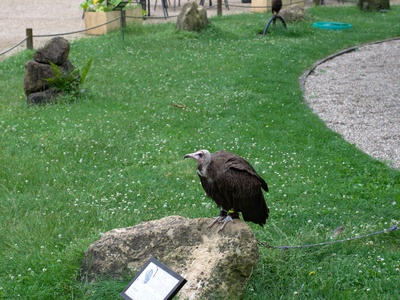
Hooded vulture
Small vulture common near savanna settlements and wildlands that scavenges scraps and carcasses, quickly removing soft tissues and limiting disease reservoirs while supporting scavenger food webs.

Marabou stork
Large opportunistic wading bird using savanna wetlands and open areas to feed on carcasses and fish kills; contributes to carrion removal and cross‑habitat nutrient transfers.
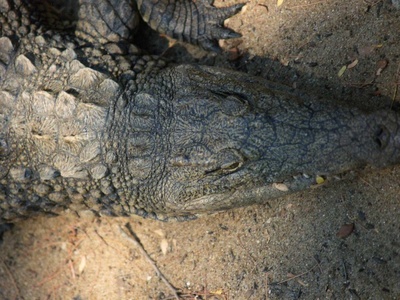
Nile crocodile
In riverine savanna systems crocodiles scavenge and consume carcasses at waterholes, moving nutrients between aquatic and terrestrial habitats and leaving remains for terrestrial decomposers.
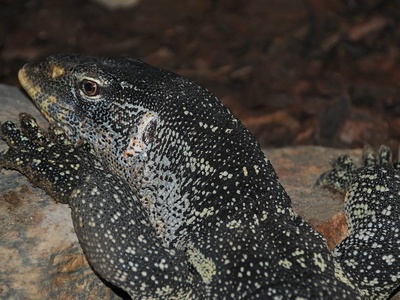
Monitor lizard (Nile monitor)
Monitors feed on carrion along savanna waterways and floodplains, tearing tissue and distributing remains that invertebrates and microbes finish decomposing.

Coprophagous beetles (Onthophagus and others)
Tunnelers and rollers common near grazing animals in savannas that bury dung, improving soil fertility, seed burial and gas exchange while speeding organic matter incorporation into soils.

Fungal endophytes and litter decomposers (functional group)
Mixed fungal communities colonize leaves, stems and grass litter in savannas, producing enzymes that decompose plant tissues across seasons and supporting soil carbon formation and nutrient turnover.
